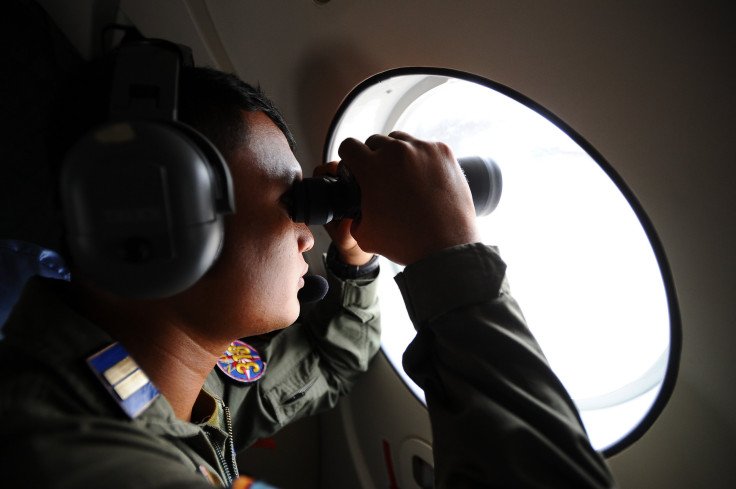Icing Probably Caused AirAsia Flight 8501 Crash, Indonesian Officials Say

Bad weather was the likely culprit behind the crash of AirAsia Flight 8501,Indonesia’s weather agency said. Officials released a 14-page “meteorological analysis” Friday detailing the weather conditions on the morning of the Airbus A320’s Dec. 28 crash into the Java Sea that resulted in the deaths of the 162 people aboard.
Indonesia’s Meteorology, Climatology and Geophysics Agency, also known as BMKG, said in the report -- the first released to the public -- the plane likely flew into storm clouds that caused icing and damage to the jet’s engines.
"The most probable weather phenomenon is that icing caused the plane engines to be damaged," the report said, according to Singapore’s Straits Times. "This is, however, just one analysis of what likely happened based on available meteorological data, and is not the final determination on the cause of the incident."
Icing is a major danger to jet engines. When planes pass through intense storms at a high altitude, moisture from the air turns into tiny ice crystals that can be sucked into the engines. The ice can cause damage to an engine's turbine blades, or melt and douse its ignition system.
"From our data it looks like the last location of the plane had very bad weather and it was the biggest factor behind the crash," Edvin Aldrian, head of research at BMKG, told the BBC. "These icy conditions can stall the engines of the plane, and freeze and damage the plane's machinery."
But the preliminary report is not the final word on the crash and its causes. Greg Waldron, Asia managing editor of Flightglobal, told the Wall Street Journal that “you can’t jump to conclusions based only on the weather reports.” Experts are still hoping to retrieve the plane’s black boxes that record flight and cockpit data. “Till we get that data, we can’t say much,” Waldron said.
Meanwhile, rough weather continued to hamper recovery efforts, the Associated Press reported. While divers were unable to enter the waters of the Java Sea because of strong currents, officials used sonar equipment to locate four large pieces of the wreckage on the ocean floor.
Officials hope the detection of these four pieces means they will be able to recover the fuselage, where most of the passengers’ bodies are likely trapped. So far, only 30 bodies have been recovered from the crash.
© Copyright IBTimes 2024. All rights reserved.











